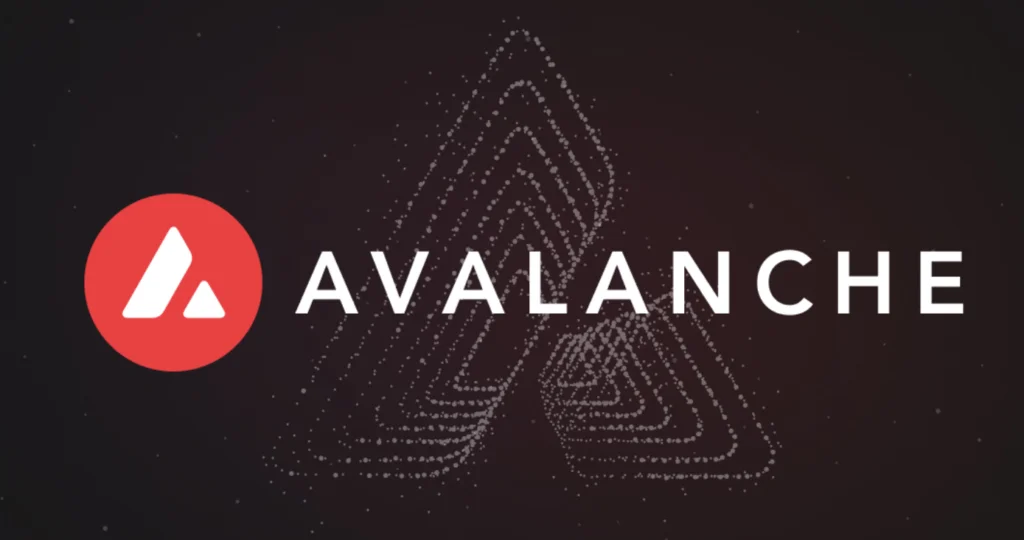A significant technical issue with the Avalanche decentralized application (DApp) platform impacted the block production of the proof-of-stake (PoS) blockchain.

Avalanche’s principal network encountered block production issues on February 23 at 12:02:27 pm UTC, ostensibly stopping the network. The majority of the time since the last block on Avalanche’s P-Chain, X-Chain, and C-chain subnets was over an hour ago, according to the blockchain explorer. Avalanche also issued an official notification concerning the delay in the finalization of the block. As stated in a status report, Avalanche:
“Developers across the community are currently investigating a stall in block finalization that is preventing blocks from being accepted on the Primary Network.”
The generation of blocks is a critical procedure that ensures the continuity and stability of blockchain networks. It requires the creation of additional blocks for transaction validation and recording. Delays in transaction processing ensue from disruptions in the block production process, which hurt the overall efficacy of the network.
In an X post, the co-founder of Ava Labs, Kevin Sekniqi, stated that the organization is currently investigating the matter. Sekniqi posits that the cessation of block production might be attributable to the deployment of a “new inscription wave” an hour before the manifestation of the issues.
The executive at Ava Labs speculates that the problem could be an “esoteric bug from some edge case” and that it is most likely a mempool handling issue involving inscriptions. Sekniqi guaranteed that this matter would be “quickly resolved.”
Sekniqi clarified almost an hour later that the matter was a code-related error unrelated to performance management. The executive explained that while inscriptions may have made contact with the peripheral case, the performance was unaffected.
Comparable rumors regarding the cessation of block production at Avalanche emerged on March 23, 2023. The Avalanche blockchain explorer demonstrated that block production on the C-chain had ceased.
However, Sekniqi clarified that a flaw in version 1.9.12 had rendered the network unstable; the team subsequently implemented a remedy to restore network stability.
